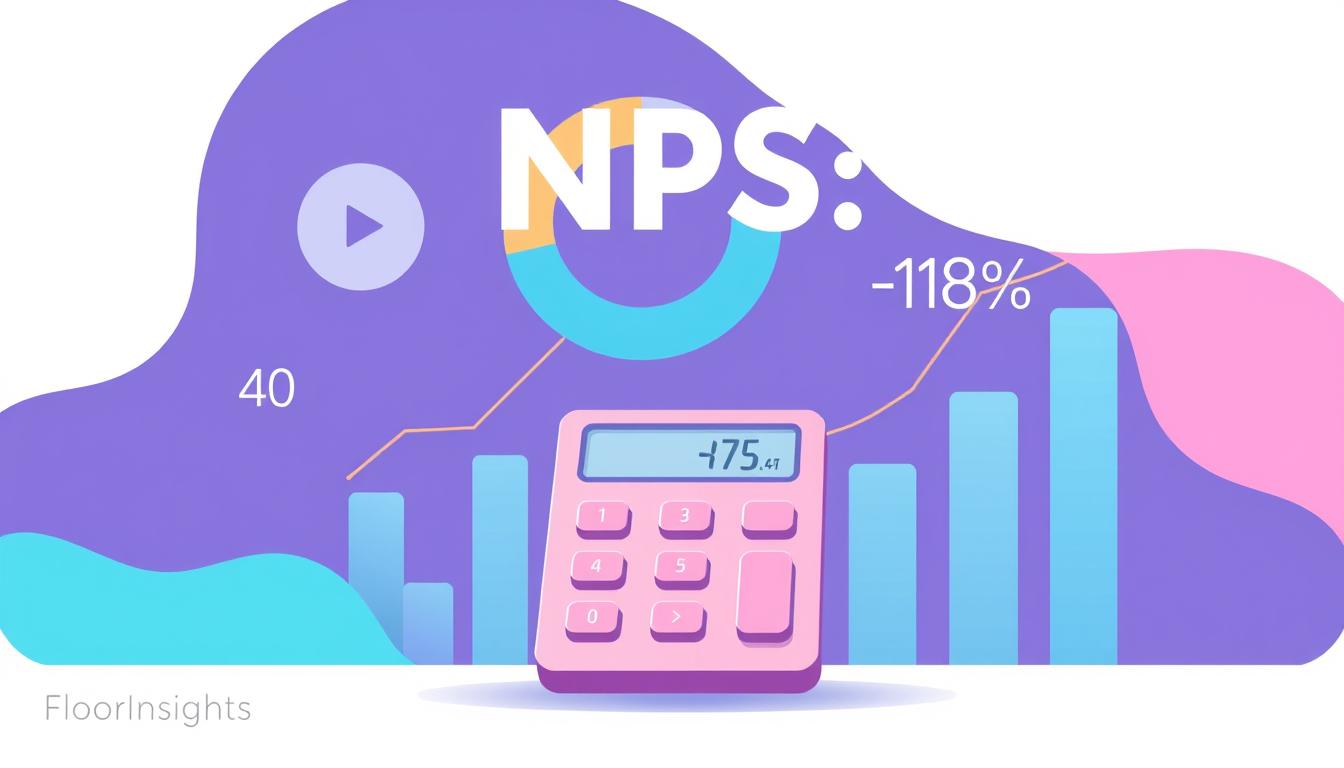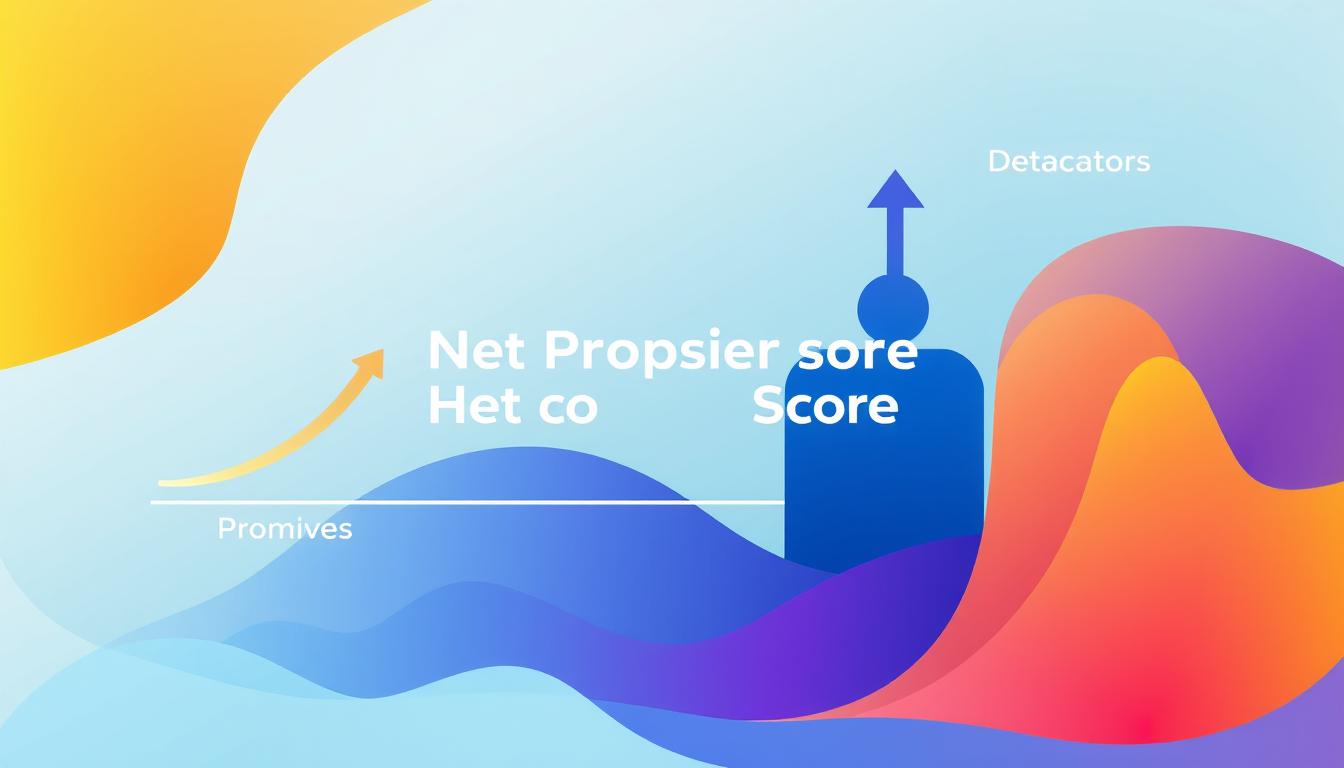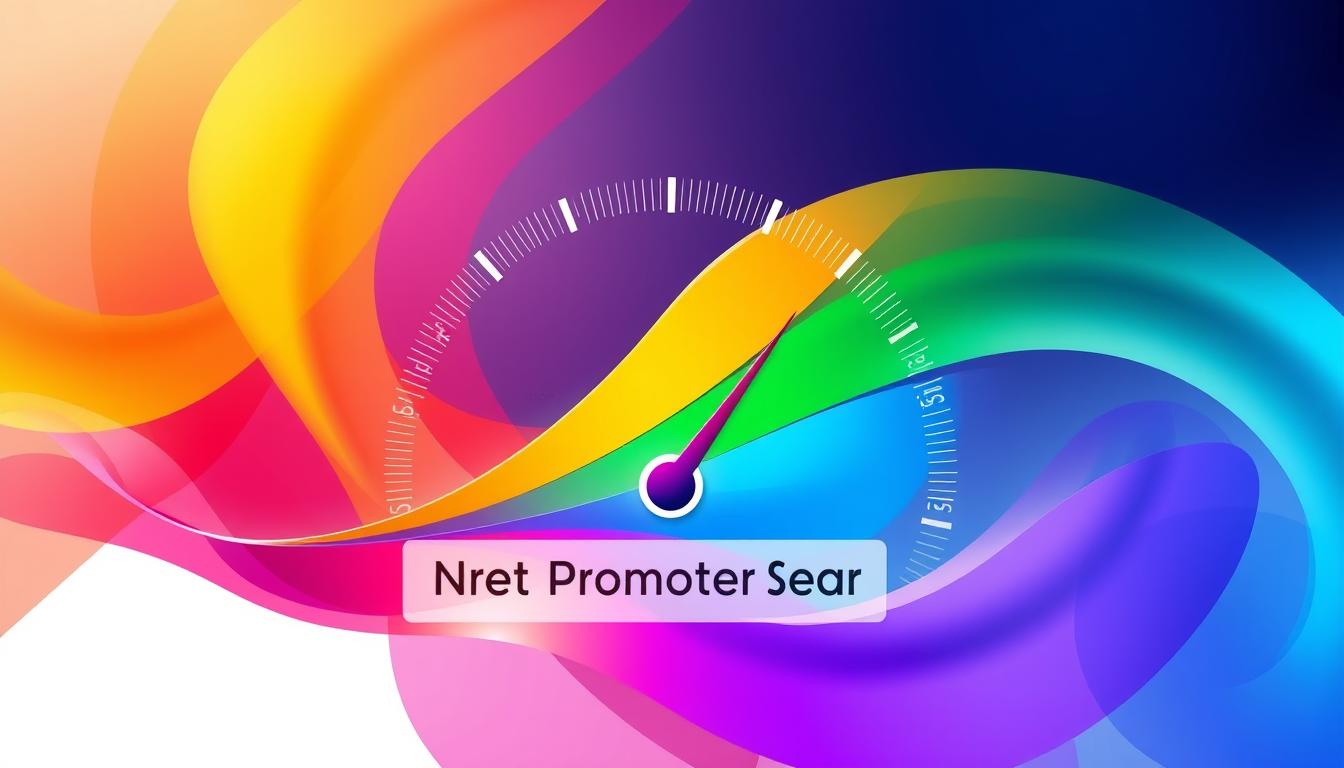As businesses across the globe navigate the ever-evolving landscape of customer preferences and expectations, the Net Promoter Score (NPS) has emerged as a powerful tool to unlock insights into customer loyalty and advocacy. In this article, we explore the unique insights that the NPS can reveal about customer behavior and preferences in the Asian market, with a particular focus on the Indian subcontinent. We delve into the key factors that shape customer loyalty and satisfaction in this dynamic region, and how businesses can leverage the NPS to drive sustainable growth and brand advocacy.
Key Takeaways
- The Net Promoter Score (NPS) is a valuable metric for understanding customer loyalty and advocacy in the Asian market.
- Customer behavior and preferences in the Indian subcontinent are shaped by unique cultural nuances and language barriers.
- Implementing an effective NPS program can help businesses in Asia identify areas for improvement and foster stronger customer relationships.
- Leveraging customer feedback and data-driven strategies is crucial for driving growth and building brand advocacy in the region.
- A holistic Net Promoter System approach can enable businesses to create a customer-centric culture and turn promoters into brand champions.
The Essence of Net Promoter Score
In the world of customer experience, the Net Promoter Score (NPS) has emerged as a powerful metric that empowers businesses to measure and enhance their relationships with customers. At its core, NPS is a simple yet insightful tool that evaluates the loyalty and advocacy of a company’s customer base.
What is NPS and Why Does It Matter?
The Net Promoter Score is a customer loyalty metric that gauges how likely customers are to recommend a company’s products or services to others. By asking a single question, “How likely are you to recommend our company to a friend or colleague?”, businesses can gain valuable insights into their customer’s perceptions and the overall health of their customer relationships.
The significance of NPS lies in its ability to predict a company’s growth. Customers who are Promoters (those who rate a company 9 or 10 on the 0-10 scale) are more likely to remain loyal, make repeat purchases, and actively promote the brand. Conversely, Detractors (those who rate a company 0-6) are less likely to remain customers and may even discourage others from doing business with the company.
Calculating the Net Promoter Score
Calculating the Net Promoter Score is a straightforward process. First, the percentage of Promoters is determined, then the percentage of Detractors is subtracted from it. The resulting score ranges from -100 to 100, with a higher score indicating a more loyal and engaged customer base.
| NPS Score Range | Interpretation |
|---|---|
| 0 to 30 | Good |
| 30 to 70 | Excellent |
| 70 to 100 | World-Class |
By regularly monitoring their Net Promoter Score, companies can identify areas for improvement, track the effectiveness of their customer experience initiatives, and foster a culture of customer-centricity throughout the organization.
“The Net Promoter Score is a simple, yet powerful tool that helps us understand how our customers feel about our brand and where we can improve to drive loyalty and advocacy.”
Customer Loyalty: The Key to Business Success
As businesses strive for long-term growth and profitability, customer loyalty has emerged as a critical factor. The Net Promoter Score (NPS) provides a reliable indicator of customer sentiment and their propensity to recommend a brand or product. By understanding and cultivating customer loyalty, businesses can unlock a world of opportunities and secure a competitive edge in the Asian market.
Customer loyalty is the bedrock of sustainable success. Loyal customers not only continue to purchase from a brand, but they also actively advocate for it, driving valuable word-of-mouth advocacy marketing. This positive sentiment translates into increased customer retention and customer satisfaction, ultimately fueling business growth.
The key to building and maintaining a loyal customer base lies in understanding their needs, preferences, and pain points. By consistently delivering exceptional experiences, businesses can foster a sense of trust and affinity, encouraging customers to become advocates for the brand. This, in turn, enhances customer loyalty and strengthens the overall brand reputation.
Businesses operating in the Asian market must also consider the cultural nuances and communication barriers that can impact customer perceptions and loyalty. Tailoring strategies to address these unique regional factors can help businesses forge meaningful connections with their target audience and cultivate a loyal customer base.
By leveraging the insights provided by the Net Promoter Score, businesses can make data-driven decisions to improve customer experiences, address pain points, and cultivate a loyal customer base. This holistic approach to customer loyalty can unlock new avenues for growth and position a brand as a trusted partner in the eyes of its customers.
Regional Variations: Decoding Asian Customer Behavior
As we delve into the world of Net Promoter Score (NPS) in the Asian market, it’s essential to recognize the unique cultural nuances and regional differences that can significantly impact customer behavior. In this section, we explore the key factors that shape the customer experience in the diverse and dynamic Asian region, with a particular focus on the Indian market.
Cultural Nuances and Their Impact
The Asian continent is known for its rich cultural diversity, and this diversity extends to the way customers engage with brands and services. From social dynamics and communication styles to personal values and beliefs, these cultural factors can profoundly influence customer expectations, perceptions, and ultimately, their willingness to recommend a product or service.
In India, for example, the importance placed on family, community, and social status can shape buying decisions and customer loyalty. Businesses looking to enhance their NPS in this market must understand and adapt to these cultural sensibilities to effectively connect with their target audience.
Addressing Language Barriers
Another key consideration in the Asian market, and particularly in India, is the challenge of language barriers. With a multitude of regional languages and dialects, collecting accurate NPS data and fostering effective customer engagement can be a daunting task. Businesses must invest in multilingual support, localized content, and seamless translation services to ensure that their customers can provide meaningful feedback and feel heard.
By addressing these cultural and linguistic nuances, businesses can unlock valuable insights into their Asian customers’ behavior, preferences, and pain points. This understanding is crucial for crafting targeted NPS strategies that resonate with the local market and drive sustainable growth.
“Understanding the cultural and linguistic diversity of the Asian market is the key to unlocking the true potential of Net Promoter Score in this dynamic region.”
Net Promoter Score in Practice
Implementing an effective Net Promoter Score (NPS) program is crucial for businesses looking to improve customer experience and drive growth. This process involves a series of strategic steps that can help organizations unlock the true power of customer feedback.
Designing the NPS Survey
The foundation of any successful NPS program is a well-crafted survey. Businesses should focus on creating a concise, easy-to-understand questionnaire that captures the customer’s willingness to recommend the product or service. Along with the core NPS question, additional follow-up queries can provide valuable insights into the underlying drivers of customer loyalty.
Collecting and Analyzing NPS Data
Consistent data collection is key to monitoring the pulse of customer sentiment. Businesses should consider various channels, such as online surveys, in-person interactions, and post-transaction feedback, to gather a comprehensive view of NPS. The data should then be carefully analyzed to identify patterns, trends, and areas for improvement.
| NPS Calculation | Interpretation |
|---|---|
| NPS = % of Promoters – % of Detractors |
- NPS ranges from -100 to 100
- Positive NPS (0 to 100) indicates a healthy, loyal customer base
- Negative NPS (-100 to 0) suggests room for improvement in customer experience
By interpreting NPS results and understanding the underlying factors, businesses can develop targeted strategies to enhance customer experience and foster long-term loyalty.

Ultimately, a well-designed and executed NPS program can provide invaluable insights, enabling organizations to make data-driven decisions and stay ahead of the competition in the dynamic Asian market.
Voice of the Customer: Listening to Your Audience
In today’s competitive business landscape, understanding the “Voice of the Customer” is crucial for driving customer satisfaction and loyalty. The Net Promoter Score (NPS) has emerged as a powerful tool for capturing and acting upon customer insights, empowering businesses to make data-driven decisions that enhance the customer experience.
By actively listening to customer feedback, businesses can uncover pain points, identify areas for improvement, and develop strategies to strengthen customer relationships. From surveys and interviews to social media monitoring, there are various methods for collecting valuable customer data. The key is to approach this process with a genuine desire to understand your audience and their evolving needs.
When businesses prioritize the Voice of the Customer, they unlock a wealth of opportunities. Customer feedback can inform product development, shape marketing campaigns, and guide customer service initiatives. By addressing customer concerns and incorporating their insights, businesses can cultivate a loyal customer base that not only continues to engage with the brand but also becomes its strongest advocates.
“Listening to the Voice of the Customer is the foundation for delivering an exceptional customer experience and driving long-term business success.”
At the heart of this approach is the understanding that customer satisfaction is the cornerstone of sustainable growth. By fostering a culture of customer-centricity, businesses can adapt to changing market dynamics, stay ahead of the competition, and ultimately, build a reputation as a brand that truly understands and caters to the needs of its audience.
Capturing Valuable Insights
To unlock the power of the Voice of the Customer, businesses must implement a comprehensive feedback collection strategy. This may include, but is not limited to:
- Conducting periodic customer satisfaction surveys to gauge their overall experience
- Engaging in one-on-one interviews to gather in-depth, qualitative feedback
- Monitoring social media platforms to identify emerging trends and pain points
- Analyzing customer support interactions to uncover areas for improvement
By aggregating and analyzing this data, businesses can gain a deeper understanding of their audience’s preferences, priorities, and pain points. This information can then be used to inform strategic decisions, optimize processes, and deliver a customer experience that exceeds expectations.
Turning Insights into Action
The true value of the Voice of the Customer lies in the ability to transform insights into tangible improvements. This may involve:
- Developing new products or services that address unmet customer needs
- Enhancing customer service processes to provide more efficient and personalized support
- Refining marketing strategies to better resonate with the target audience
- Fostering a culture of continuous improvement based on customer feedback
By taking a proactive and responsive approach to the Voice of the Customer, businesses can build a loyal customer base, drive sustainable growth, and solidify their position as industry leaders.
Leveraging Customer Feedback for Growth
In the quest for sustainable business growth, customer feedback stands as a powerful catalyst. By embracing the insights gleaned from our Net Promoter Score (NPS) data, we can unlock a treasure trove of opportunities to enhance the customer experience, drive customer satisfaction, and propel our organization towards long-term success.
Data-Driven Strategies for Improvement
The key to unlocking the true potential of customer feedback lies in adopting a data-driven approach. By meticulously analyzing our NPS data, we can identify the pain points, preferences, and aspirations of our customers, empowering us to make informed decisions that resonate with their needs.
- Product Enhancements: Leveraging customer feedback, we can fine-tune our products and services to better meet the evolving demands of our target audience, fostering a deeper sense of customer loyalty and satisfaction.
- Streamlined Service Delivery: By addressing the concerns and suggestions collected through our NPS program, we can optimize our service delivery, ensuring a seamless and delightful customer experience.
- Targeted Marketing Initiatives: The insights gleaned from customer feedback can inform our marketing strategies, enabling us to craft tailored campaigns that resonate with our audience and drive business growth.
The path to growth is paved with customer-centric decisions, and by embracing a data-driven approach, we can transform customer feedback into actionable strategies that propel our organization forward.
“The voice of the customer is the most powerful tool in driving business growth and innovation.”
Net Promoter System: A Holistic Approach
The Net Promoter System (NPS) goes beyond a simple metric to encompass a comprehensive framework for driving customer-centric transformation within an organization. This holistic approach emphasizes the importance of fostering a customer-focused culture that permeates every aspect of the business.
At the core of the Net Promoter System is the closed-loop feedback process, which enables organizations to gather valuable insights from customers, respond to their needs, and continually improve the customer experience. But the system doesn’t stop there. It also involves engaging employees, aligning cross-functional teams, and embedding customer-centric practices throughout the organization.
By implementing the Net Promoter System, businesses can cultivate a deep understanding of their customers’ needs and preferences, and use that knowledge to deliver exceptional customer experiences, build customer loyalty, and drive sustainable customer satisfaction. This holistic approach helps organizations transform from product-focused to customer-focused, fostering a culture of continuous improvement and innovation.
“The Net Promoter System is not just a metric, but a comprehensive framework for driving customer-centric transformation within an organization.”
To unlock the full potential of the Net Promoter System, businesses must be willing to embrace a customer-first mindset, empower their employees, and foster cross-functional collaboration. By doing so, they can create a virtuous cycle of customer-centricity that drives long-term success and growth.
The Net Promoter System is a powerful tool for organizations looking to enhance their customer experience, build customer loyalty, and achieve sustained customer satisfaction. By adopting a holistic approach that goes beyond just measuring the Net Promoter Score, businesses can create a customer-centric culture that fuels their long-term success.
Building Brand Advocacy through NPS
At the heart of a successful Net Promoter Score (NPS) strategy lies the ability to transform your most loyal customers into passionate brand advocates. By meticulously analyzing your NPS data, you can identify your “Promoters” – those customers who have demonstrated unwavering enthusiasm and a deep affinity for your brand. These individuals are the backbone of your advocacy efforts, poised to become your most effective marketing ambassadors.
Turning Promoters into Brand Champions
Leveraging the insights gleaned from your NPS program, you can engage with your Promoters on a deeper level, fostering a stronger emotional connection and cultivating a sense of belonging to your brand community. By empowering these influential customers to actively promote your products or services, you can tap into the power of word-of-mouth marketing, amplifying your brand’s reach and reputation.
From offering exclusive perks and recognition programs to providing platforms for Promoters to share their positive experiences, there are numerous strategies you can employ to transform your most ardent supporters into brand advocates. By nurturing this invaluable pool of loyal customers, you can build a robust ecosystem of brand champions who will help propel your business to new heights of success.
FAQ
What is the Net Promoter Score (NPS) and why is it important?
The Net Promoter Score (NPS) is a customer loyalty metric that measures the willingness of customers to recommend a company’s products or services to others. It is a powerful tool for understanding customer satisfaction and identifying areas for improvement. NPS is important because it provides businesses with valuable insights into customer sentiment, which can be used to drive customer-centric strategies and foster long-term brand loyalty.
How is the Net Promoter Score calculated?
The Net Promoter Score is calculated based on the response to a single question: “How likely are you to recommend [company/product/service] to a friend or colleague?” Customers respond on a scale of 0 to 10, where 0 is “Not at all likely” and 10 is “Extremely likely.” Respondents are then categorized into three groups: Promoters (9-10), Passives (7-8), and Detractors (0-6). The NPS is calculated by subtracting the percentage of Detractors from the percentage of Promoters.
Why is customer loyalty so important for business success?
Customer loyalty is a critical driver of long-term business success. Loyal customers are more likely to make repeat purchases, increase their spending over time, and actively promote a brand to their friends and colleagues. By fostering a loyal customer base, businesses can benefit from increased revenue, improved profitability, and stronger brand advocacy, all of which contribute to sustainable growth and competitive advantage.
How do cultural nuances and language barriers impact customer behavior in Asia?
Cultural factors, such as social dynamics, communication styles, and personal values, can significantly shape customer expectations and perceptions in the Asian market, particularly in the Indian subcontinent. Additionally, language barriers can present challenges in effectively collecting and understanding customer feedback. Businesses must be mindful of these regional differences and adapt their NPS strategies accordingly to ensure accurate data collection and meaningful engagement with their Asian customers.
What are the key steps in implementing an effective NPS program?
Implementing an effective NPS program involves several key steps: 1) Designing the NPS survey to capture relevant customer feedback; 2) Establishing a process for collecting and analyzing NPS data; 3) Interpreting the NPS results and identifying areas for improvement; 4) Developing and executing strategies to enhance the customer experience; and 5) Continuously monitoring and refining the NPS program to drive ongoing improvement.
How can businesses leverage customer feedback to drive growth and improvement?
By actively listening to the “Voice of the Customer” through NPS and other feedback mechanisms, businesses can gain valuable insights to inform data-driven strategies for growth and improvement. This includes using customer feedback to identify pain points, enhance products or services, and develop targeted marketing initiatives that better meet the needs and preferences of their customer base. Adopting a customer-centric, data-driven approach can help businesses make informed decisions that foster long-term success.
What is the Net Promoter System and how does it differ from just measuring the Net Promoter Score?
The Net Promoter System is a holistic framework that goes beyond just measuring the Net Promoter Score. It encompasses a comprehensive approach to driving customer-centric transformation within an organization. The Net Promoter System includes key components such as closed-loop feedback processes, employee engagement, and cross-functional collaboration, all of which work together to foster a customer-centric culture and achieve long-term business success.
How can businesses turn their Promoters into brand advocates?
By identifying and nurturing their most loyal and enthusiastic customers, known as “Promoters,” businesses can convert them into brand advocates who actively promote and recommend the company’s products or services. Strategies for cultivating a strong base of brand champions include implementing targeted engagement programs, providing exclusive perks or incentives, and empowering Promoters to share their positive experiences with their networks. Leveraging the power of brand advocacy can significantly boost a business’s growth and reputation.
Related Posts
- Using NPS to Reduce Customer Churn in the Telecom Industry – NPS in Telecommunications
- How NPS Can Help Improve Customer Retention in Financial Services – NPS and Financial Services
- The Relationship Between NPS and Business Units in Enterprises – NPS for Enterprise Businesses
- How SMBs Can Use NPS to Improve Their Online Reputation – NPS for Small and Medium Businesses (SMBs)
- How to Tailor Your Onboarding Process Based on NPS Feedback – NPS and Customer Onboarding
- NPS and the Role of Customer Support in Telecoms – NPS in Telecommunications
- How to Use NPS Data to Improve CRM Campaigns – NPS in Customer Relationship Management (CRM)
- How to Maintain NPS Scores in Times of Business Disruption – NPS in Crisis Management






